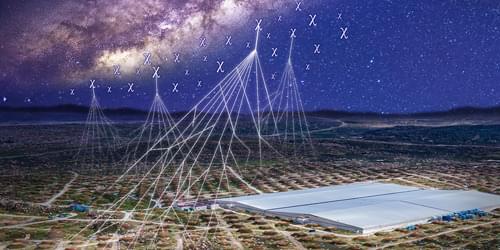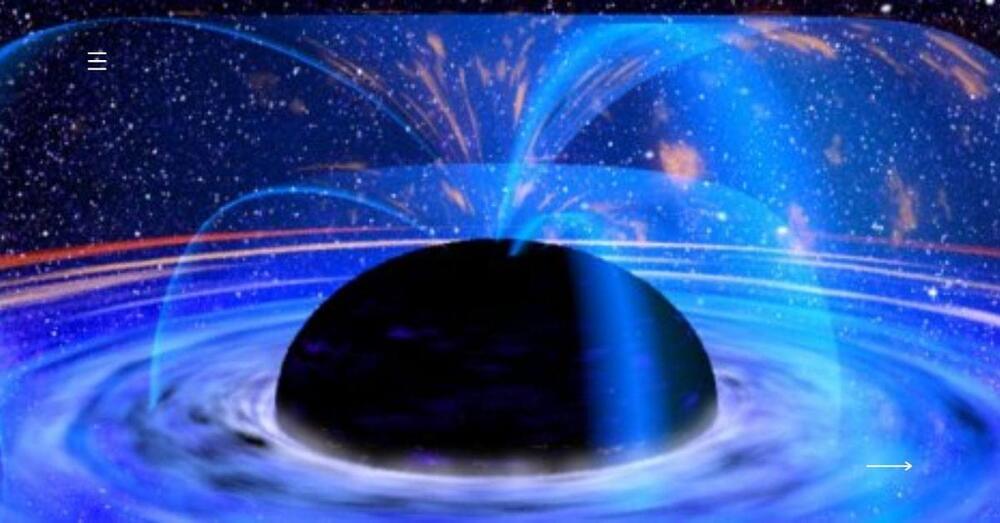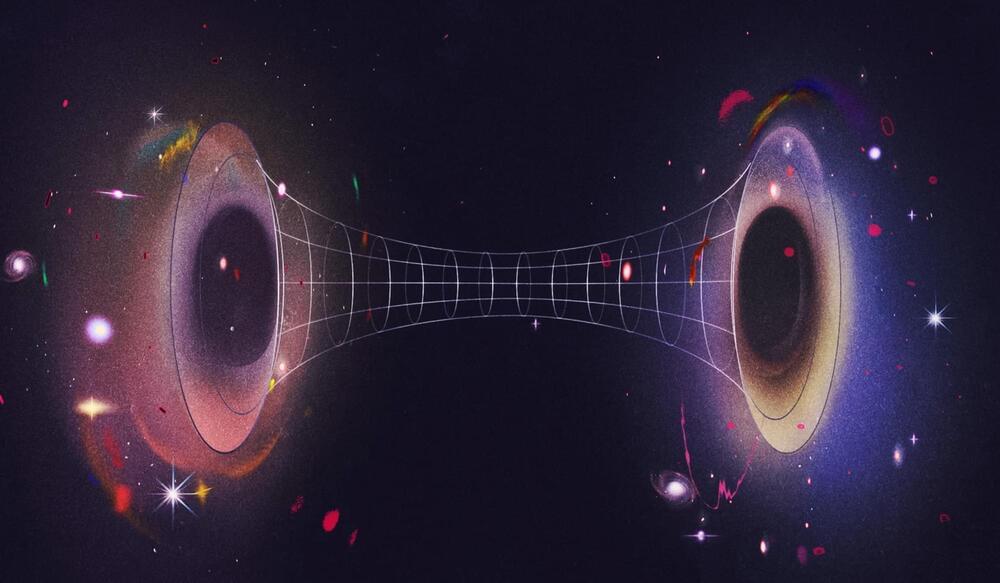The first measurements from a newly built gamma-ray observatory have been analyzed for signs of the decay of heavy dark matter, putting a lower limit on the hypothetical particles’ lifetime.


In this talk titled CYBERNETIC THEORY: THE CODE OF REALITY & OUR FUTURE AS CYBERGODS at the Rotary Club, The Grand Autograph Hotel, Novosibirsk, Russia, on July 19, 2022, I go over many topics such as evolutionary cybernetics, Digital Physics, consciousness, philosophy of mind, cybernetic theory, Omega Point cosmology, physics of time, simulation theory, the Global Mind, AGI, VR, Metaverse, Cybernetic Singularity, transhumanism, posthumanism, cybernetic immortality, synthetic telepathy, mind-uploading, neurotechnologies, Fermi Paradox, the Dark Universe (Dark Matter and Dark Energy), the Argument for Cybertheism. The main 45-minute slide presentation is followed by a 15-minute Q&A session… More.
Russian-American futurist Alex M. Vikoulov presents his published works in a talk titled CYBERNETIC THEORY: THE CODE OF REALITY & OUR FUTURE AS CYBERGODS at the Rotary Club, The Grand Autograph Hotel, Novosibirsk, Russia, on July 19, 2022. The main 45-min.
Humankind is getting very good at looking deep into space: We have already seen two neutron stars colliding, we have encountered mysterious radio blasts and we are about to see, for the first time, the event horizon of a black hole.
But there are still some surprises out there, right here in our own corner of the Universe.


Two weeks before his death, famed scientist Stephen Hawking published a research article predicting parallel universes and along with the end of our own.
Hawking and co-author Thomas Hertog published their results in “A Smooth Exit from Eternal Inflation,” outlining how scientists may also be able to discover other universes using spaceships. According to Hertog, Hawking completed the work on his deathbed, leaving a legacy worthy of the Nobel Prize.
“He has often been nominated for the Nobel and should have won it. Now he never can,” he told the Sunday Times.

Our universe is so vast that it appears impossible for anything else to exist. Experts are beginning to suspect that our universe might exist inside a fourth-dimensional black hole.
Our cosmos began as a singularity, a point in space that was endlessly hot and dense. According to researchers at CERN such as James Beecham, black holes in our universe may have the same characteristics as those described by the scientific community.

Red giants are dying stars, in advanced stages of stellar evolution, which have depleted the hydrogen in their cores. In a study published today in Nature Communications, a team of astronomers mainly from Instituto de Astrofísica e Ciências do Espaço (IA), have found new evidence that red giant stars experience “glitches”—sharp structural variations—in their inner core.
Unfortunately, it is impossible to look directly inside a star. However, a technique dubbed asteroseismology, which measures oscillations similar to “earthquakes” in stars, can provide indirect glimpses of stellar interiors. The “glitches” can affect these oscillations, or the frequencies and paths of gravity and sound waves traveling through the stellar interior.
As IA researcher Margarida Cunha explains, “Waves propagating inside stars induce minute stellar brightness variations that can be detected with highly precise space-based instruments. These waves reveal the conditions of the medium where they propagate, which is to say, the physical properties of the stellar interiors.”
Dark matter is an archetype of a missing phenomenon, but there are plenty of potential explanations for it.
